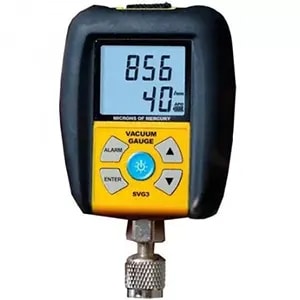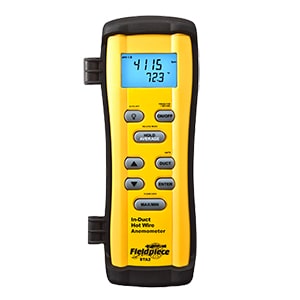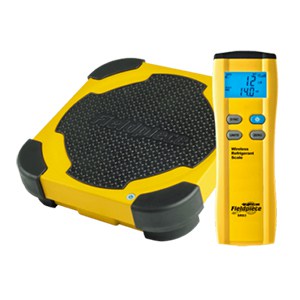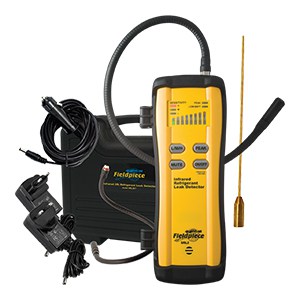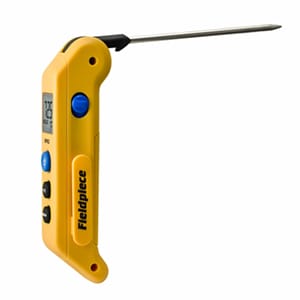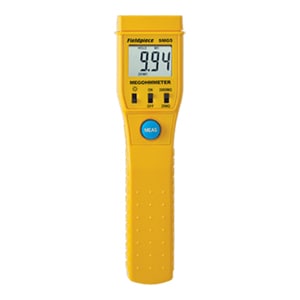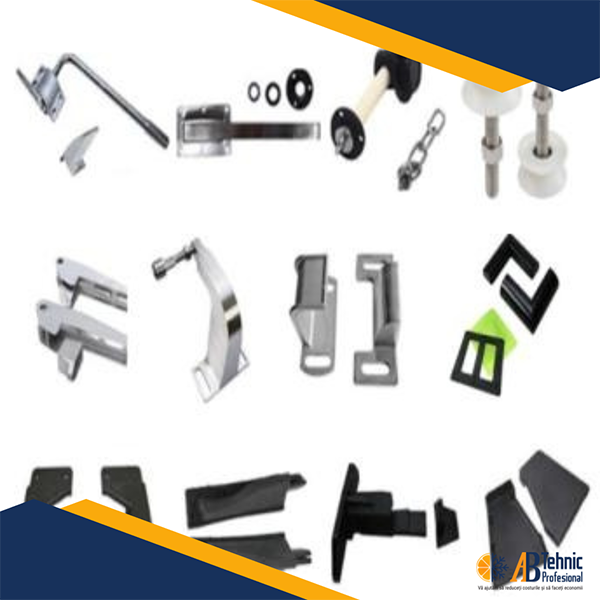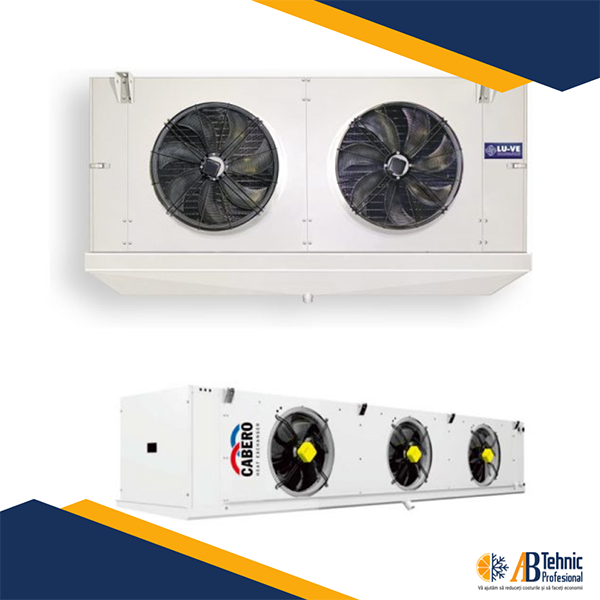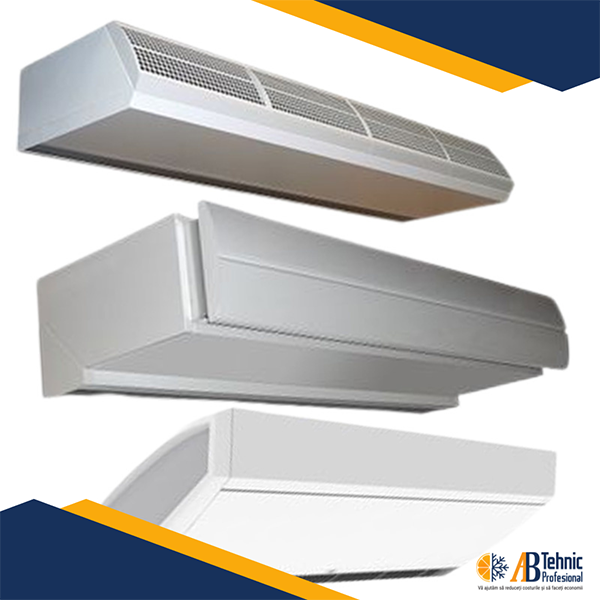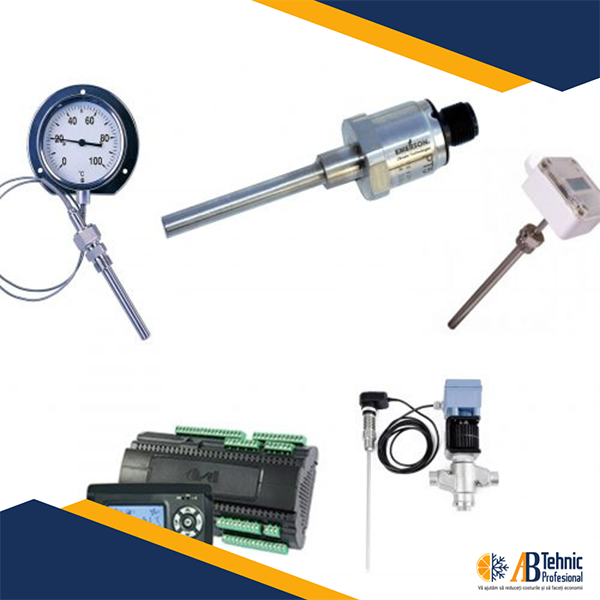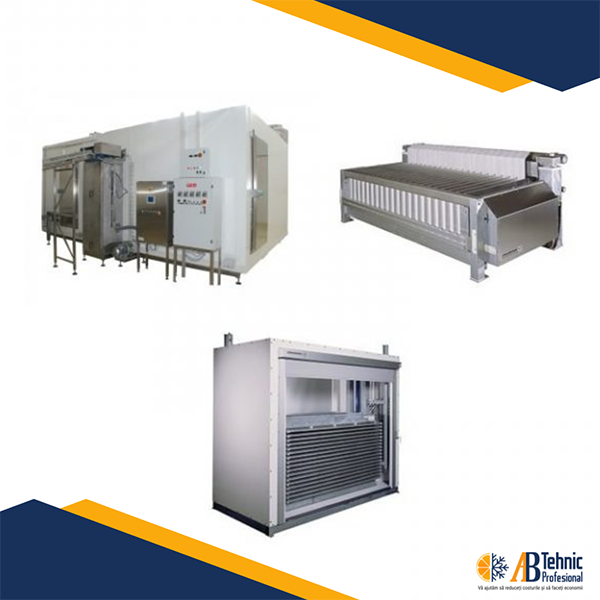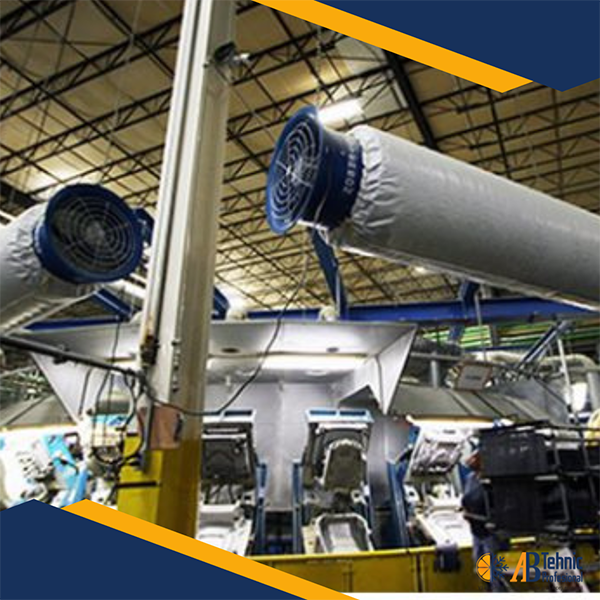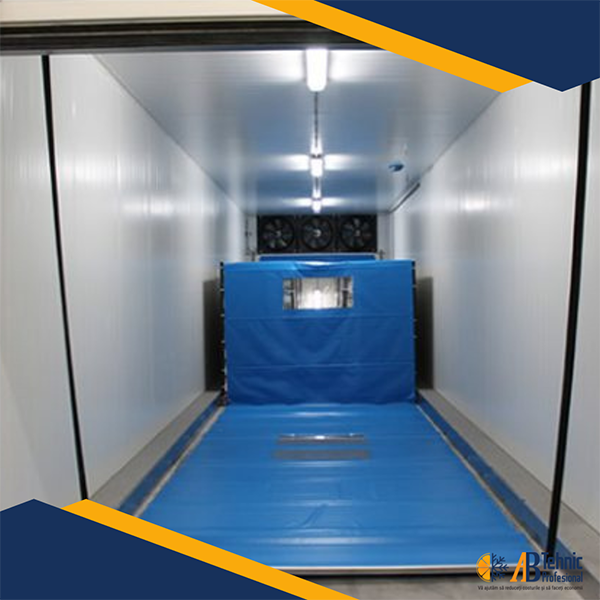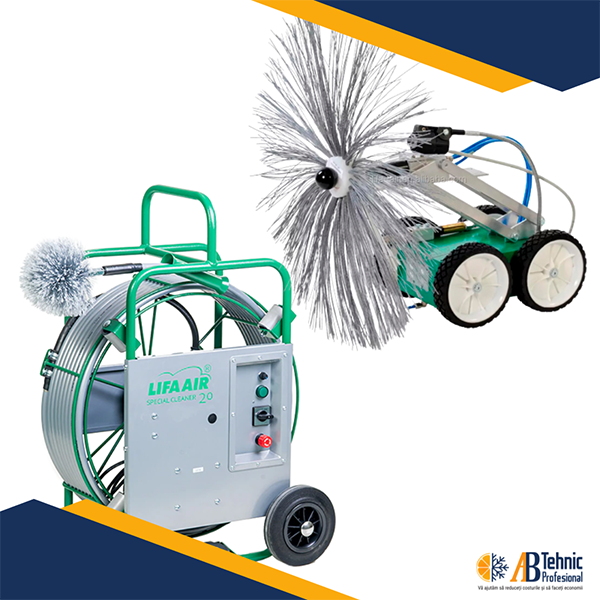AB TEHNIC Professional
We can help you reduce costs and make savings
Solutions for the large-scale industrial and commercial refrigeration sector
AB Tehnic Profesional has more than 20 years of experience on HVAC and Refrigeration Market. The experience of our specialists help us to deliver the most effective technical solutions.
Best Prices
Delivery
Secure
Experience
Online shop
SERVICE EQUIPMENT
CATEGORY 2
CATEGORY 3
Product categories

Do you need consultancy?
Since 2002 Frigo Consult Tehnic AB represents an autonomous consultancy company in refrigeration technology. Frigo Consult Tehnic AB offers refrigeration systems design and various spare parts distribution. Its team strives for continuous growth and great accomplishments in the refrigeration and air-conditioning industry
ADDRESS:
Str. Alunisului Nr. 164, Sector 4 Bucuresti
office@abtehnic.ro
PHONE NUMBERS:
021 332 08 48



